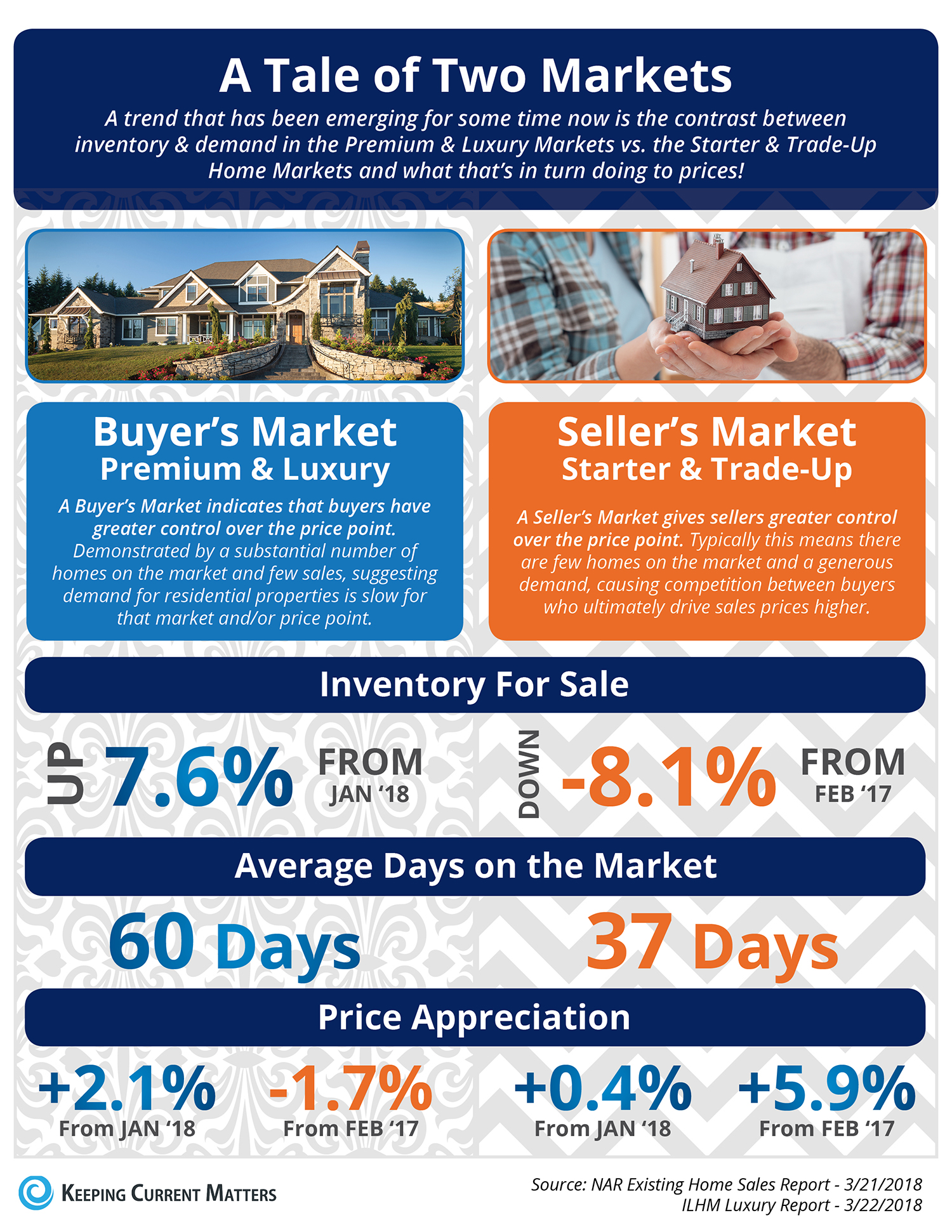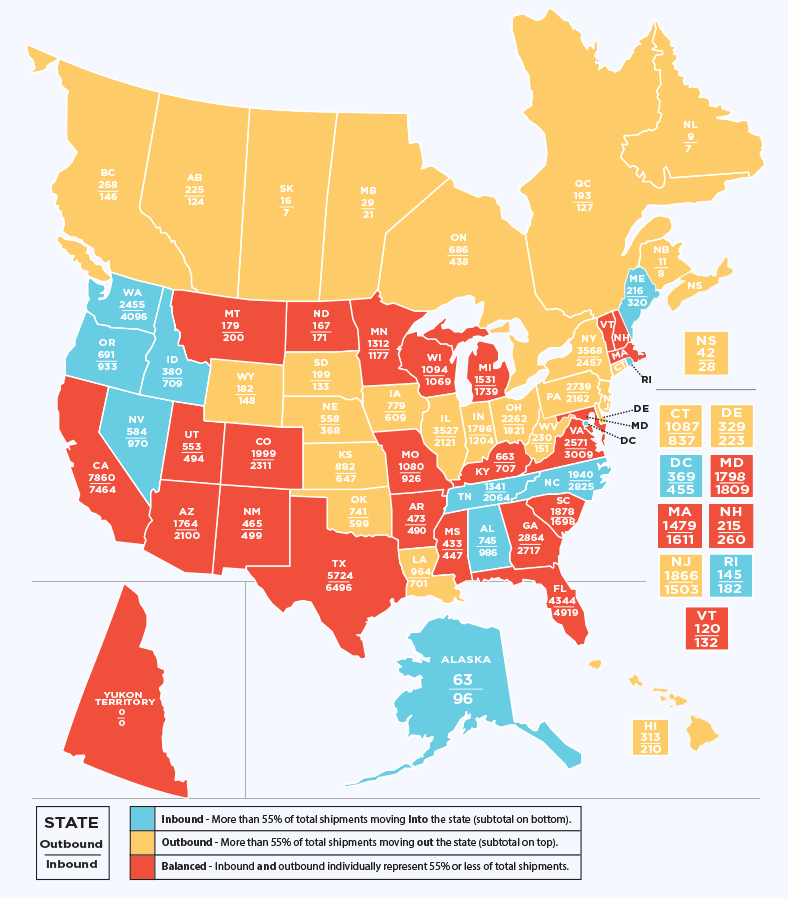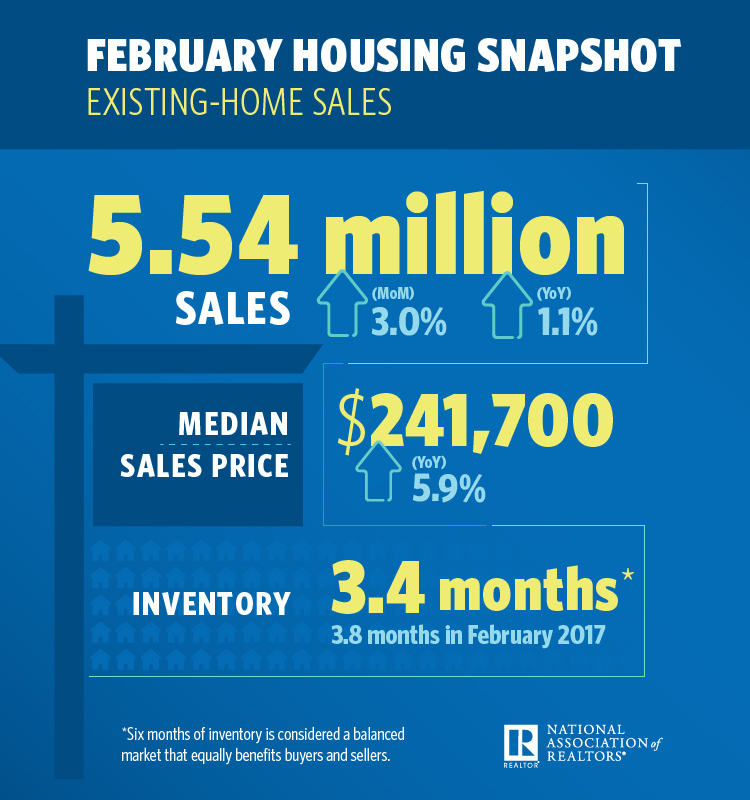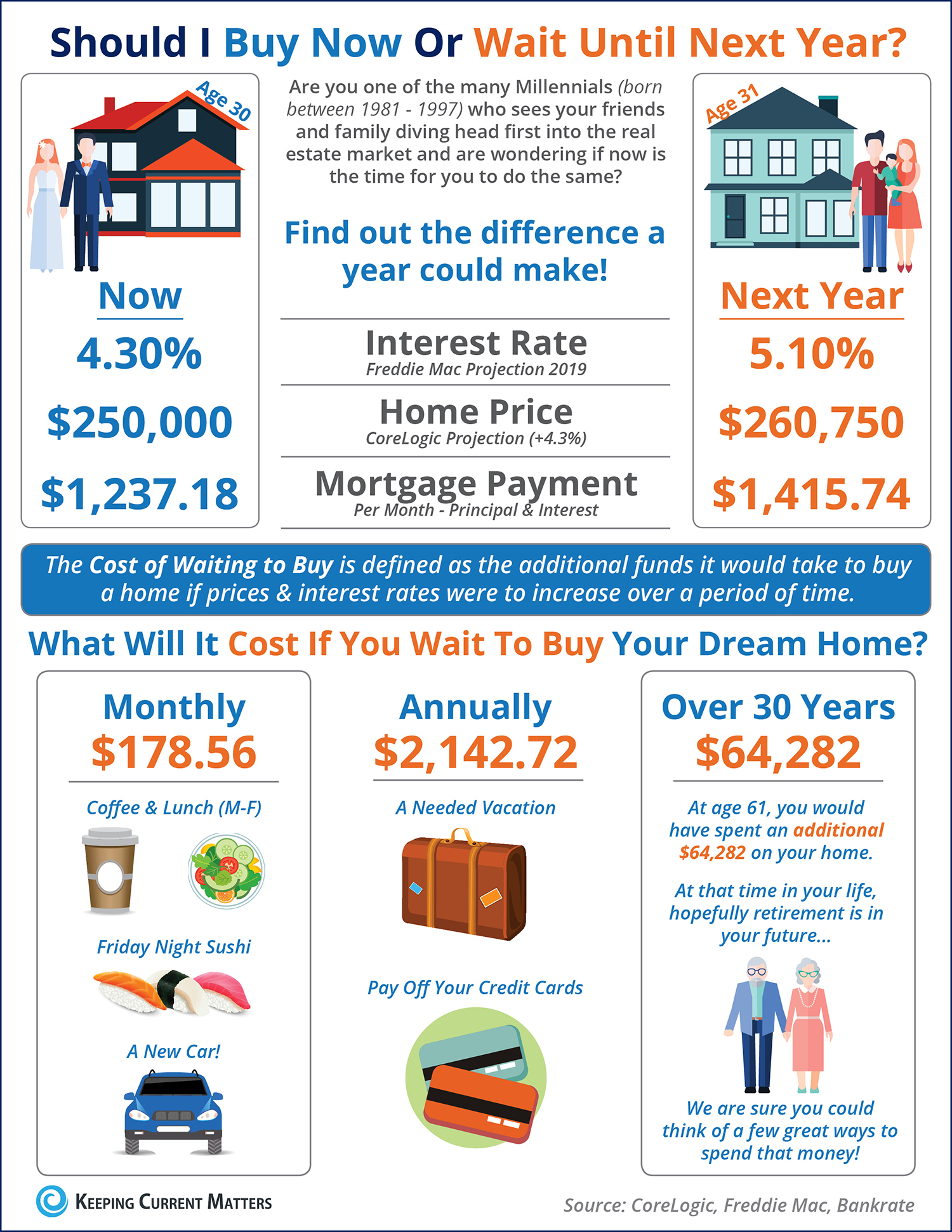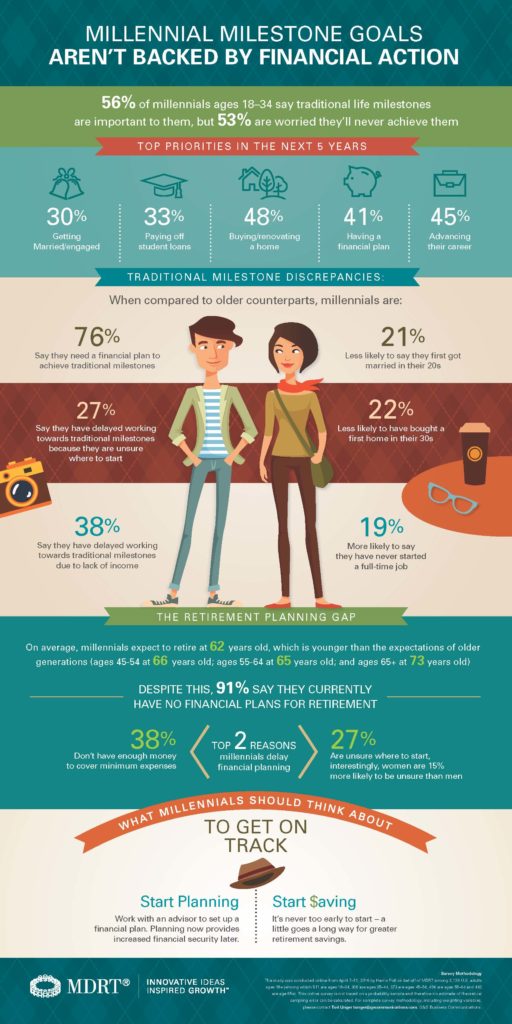House Rentals Outpace Apartment Boom
The multifamily sector has seen a frenzy of apartment construction over the last decade, but it’s single-family homes that were the fastest growing type of rental between 2007 and 2016, according to a new study by RentCafe. Over the last decade, single-family rentals rose by 31 percent, while the multifamily sector grew by 14 percent. In net gain, the growth makes up 3.6 million units versus 3.2 million units added, respectively.
2017 MIGRATION PATTERNS
Based on 72,986 Interstate and Cross-Border Household Goods Relocations from January 1, 2017, through December 15, 2017. Click on the map for detail for each Province or State.
Should I Wait Until Next Year To Buy? Or Buy Now?
Things You Probably Don’t Know About The 2018 Winter Olympics
The 2018 PyeongChang Winter Olympics are winding down, but this year’s Games have brought exciting events and athletes with captivating storylines to your television screen.
While most fans of the Olympics focus only on the sports, the inner workings of the Games from budget to security can be just as interesting. Did you know that the PyeongChang Games will cost $13 billion? Despite that staggering figure, it’s still four times less money than the previous 2014 Sochi Game. After all, any event as big as the Olympics will have a huge impact on the economy, media, and environment in addition to sports.
Security is tight at the PyeongChang Games. About $18.4 million has been spent on X-ray screening, and $1.2 million will be spent on cybersecurity by the time it’s all said and done. Meanwhile, 5,000 South Korean military service members are present along with 13,000 police officers. On top of that, the United States has sent 200 of their own security members and many other nations have probably done the same. It’s clear that security is paramount to the host and participating nations of the Games.
Homeownership: The Dream is Still Alive
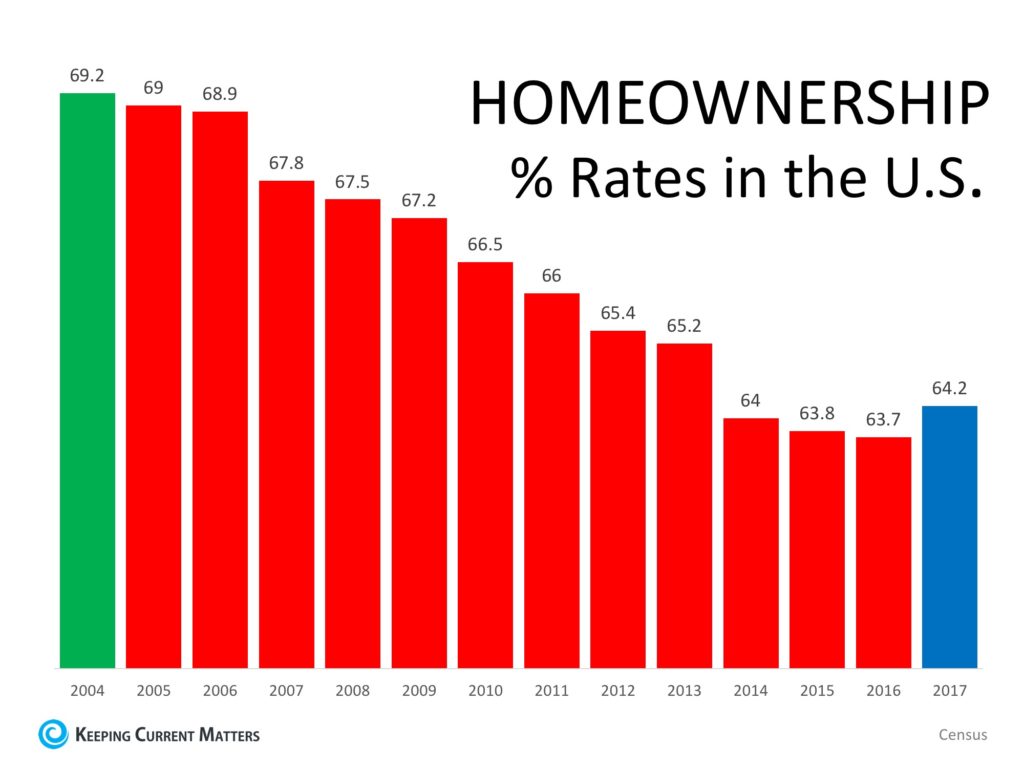 A story in the Wall Street Journal gave these new homeownership numbers some context:
A story in the Wall Street Journal gave these new homeownership numbers some context:
“The annual increase marks a crucial turning point because it comes after the federal government reined in bubble-era policies that encouraged banks to ease lending standards to boost homeownership. This time, what’s driving the market is a shift in favor of owning rather than renting.
‘This is market, market and market…There’s no government incentive program in sight that is having this effect,’ said Susan Wachter, a professor of real estate and finance at the Wharton School at the University of Pennsylvania, ‘This is back to basics.’”
In a separate report comparing the rental population in America to the homeowner population, RentCafé also concluded that the gap is now shrinking.
“Undoubtedly, the recession had a great impact on homeownership…However, it looks like it takes more to discourage Americans from buying a house than that.
As the years go by, it seems more and more certain that the fact that renting has seen a sudden gain in popularity is more a reaction to the economic crisis than a paradigm shift in the Americans’ attitude toward housing.”
America’s belief in homeownership was also evidenced in a recent survey by Pew Research. They asked consumers “How important is homeownership to achieving the American Dream?”
The results:
- 43% said homeownership was essential to the American Dream
- 48% said homeownership was important to the American Dream
- Only 9% said it was not important
Bottom Line
Homeownership has been, is and will always be a crucial element of the American Dream.

